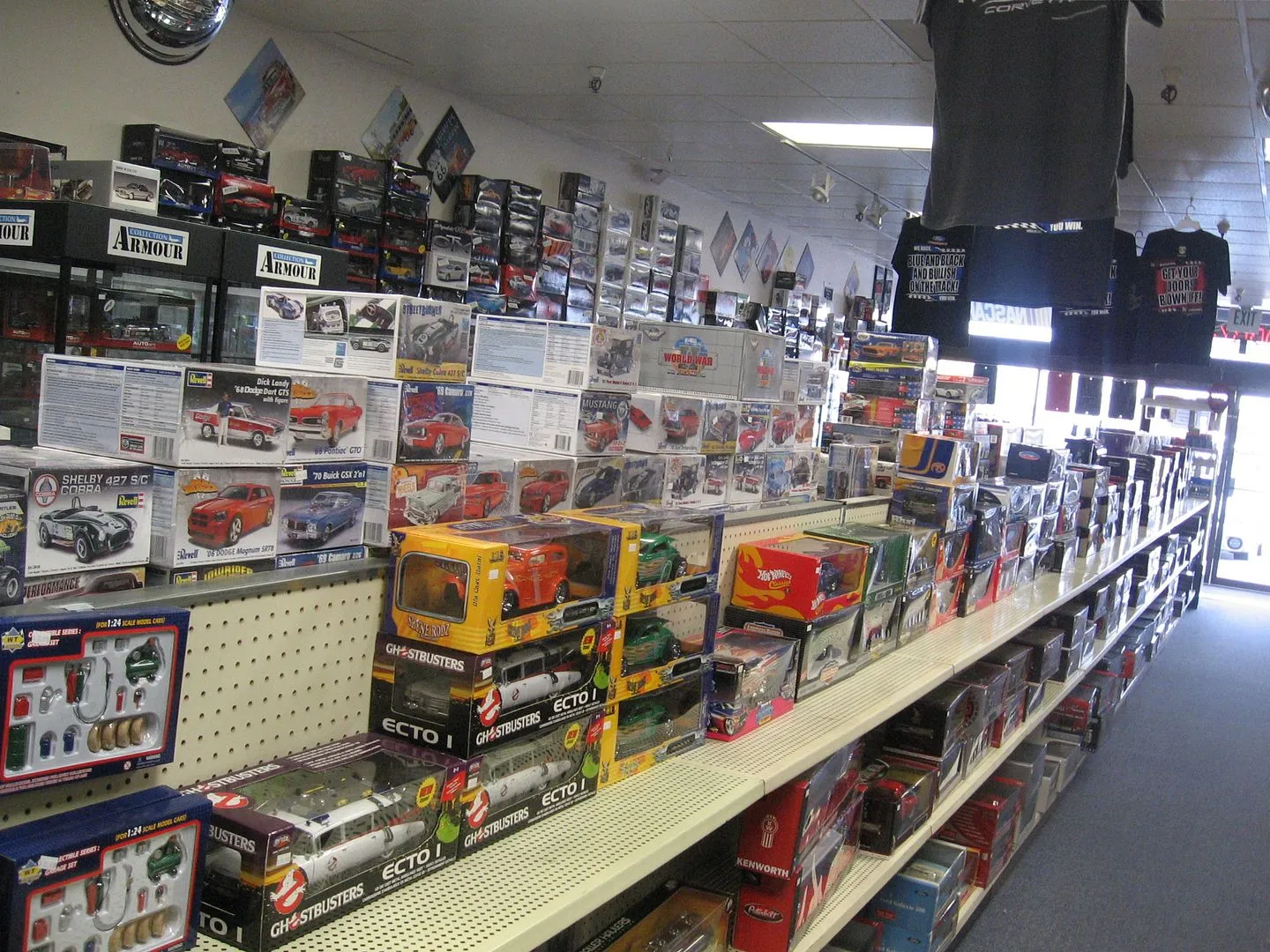Understanding Diecast Promotional Toys
Diecast promotional toys are highly sought-after collectibles, representing miniature versions of real-world vehicles used for advertising or special events. These models are often produced in limited quantities, making them valuable additions to any collection. Understanding what makes a diecast promotional toy special is the first step in recognizing and appreciating their unique qualities. The appeal of these toys lies not only in their aesthetic value but also in their historical significance, as they often reflect the branding and marketing strategies of the companies that commissioned them. The attention to detail in these models is often exceptional, with manufacturers striving to replicate every aspect of the full-size vehicles. As a collector, learning to identify authentic promotional pieces is crucial for building a valuable and trustworthy collection.
What Defines a Diecast Promotional Toy
A diecast promotional toy is typically manufactured by a diecast model company under contract for a specific brand or event. The primary purpose is to promote a product, service, or commemorate an occasion. These models often feature the branding, logos, and color schemes of the sponsoring entity. Unlike standard retail releases, promotional toys are not primarily intended for general sale, they are often given away as gifts, prizes, or sold exclusively at events. The scarcity of these models contributes to their desirability among collectors. The details, materials, and paint jobs are of high quality, in order to make a good impression on the end consumer, the quality also helps in the long term to have a better preservation.
Key Features of Authentic Promotional Models
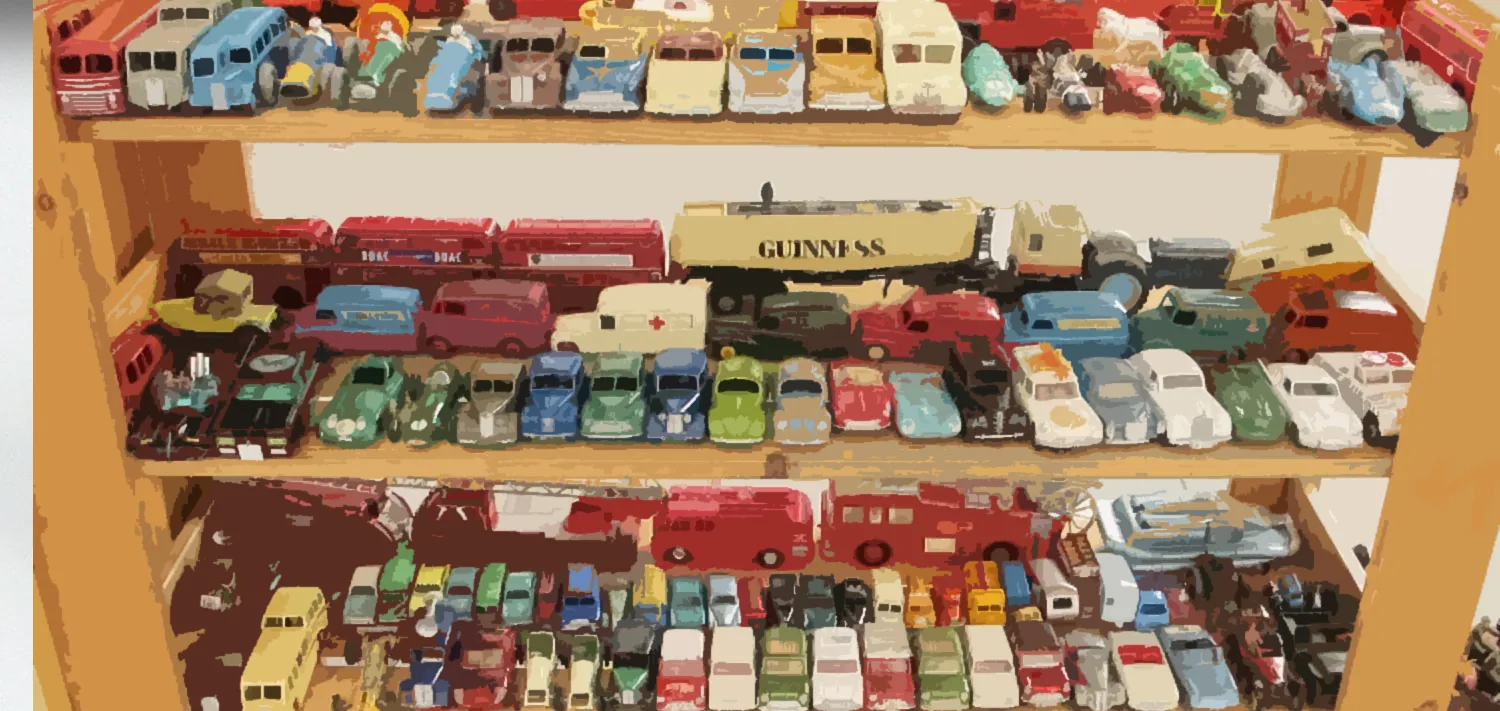
Authentic promotional models typically have several key features that distinguish them from generic toys or replicas. These include detailed branding, such as logos, names, and specific color schemes that mirror the promotional partner’s identity. High-quality materials and craftsmanship are also common, as manufacturers aim to create models that reflect positively on the brand. Limited production runs and unique packaging further characterize promotional toys, making them more collectible. Many promotional models feature accurate detailing of the vehicle, including interior elements, tire designs, and even engine components, all of which are created with an aim to mimic the original model to the detail. Knowing these elements will help you to identify and validate any model you are considering.
Identifying Authentic Diecast Toys
Identifying authentic diecast promotional toys requires careful examination and attention to detail. Several steps can help collectors distinguish genuine models from imitations. Taking the time to research a model, even if you are an expert will help you. This will include checking for official markings and logos, scrutinizing the packaging and documentation, and assessing the overall model quality. It’s crucial to be thorough in your assessment to avoid acquiring counterfeit items. Authenticity often translates to value, so building your skills on identification is one of the most important steps in diecast collecting.
Check for Official Markings and Logos
Official markings and logos are essential indicators of authenticity. Look for precise and accurate branding that matches the promotional partner’s identity. Check the model’s base, body, and packaging for logos, product names, and other identifying marks. Authentic models will have clean, clear printing, without errors or inconsistencies. The presence of official licensing information, such as copyright or trademark details, also adds to the model’s credibility. Be suspicious of any missing, blurred, or mismatched logos and also for any color inconsistencies, as many counterfeit items may use low-quality paint or have other detail issues.
Examine Packaging and Documentation
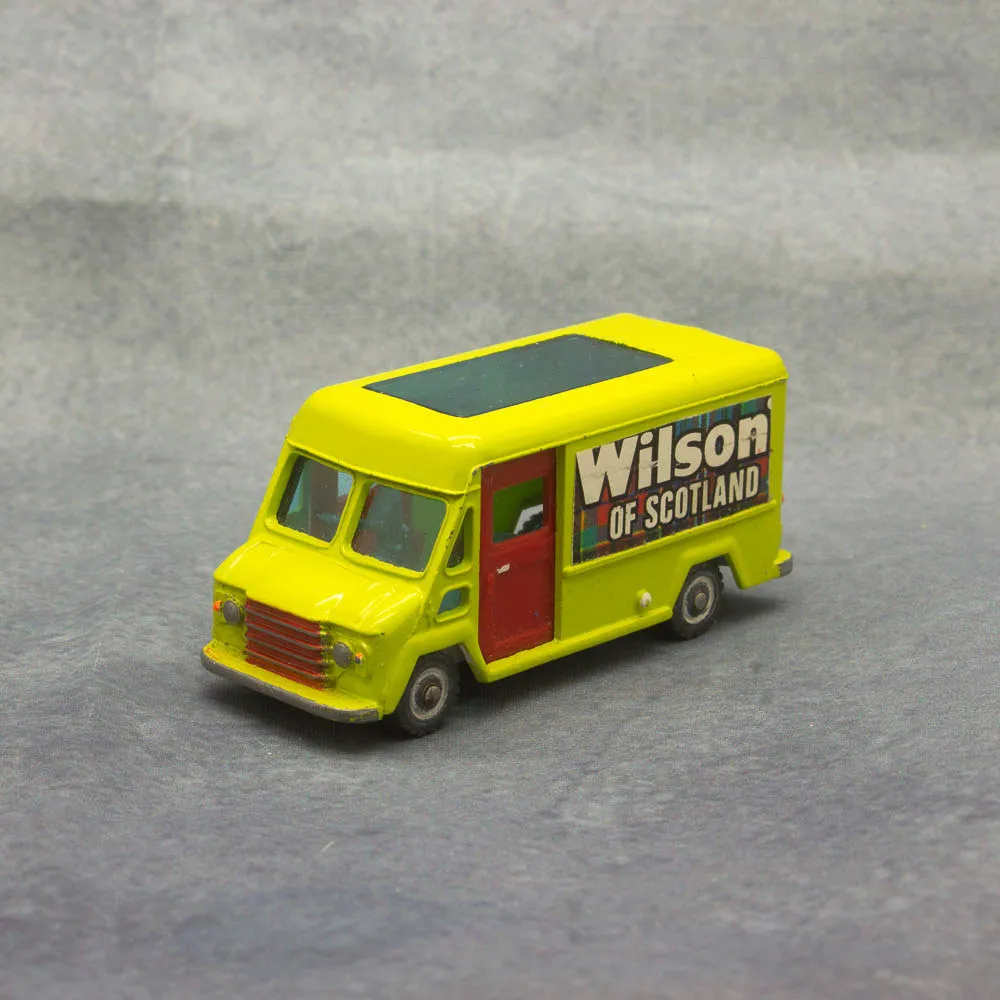
The packaging and documentation that accompanies a diecast promotional toy often provide valuable clues about its authenticity. Original packaging should include accurate labeling, branding, and artwork, and should match the model’s features. Check for any signs of tampering or alteration, such as mismatched labels or repackaging. Documentation, such as certificates of authenticity or promotional inserts, should be reviewed for accuracy and completeness. Pay attention to the quality of the materials and printing, as counterfeit items often use inferior packaging components. If the box is worn out, that’s normal, but if the print or quality looks different, that is a red flag.
Assess Model Quality and Detailing
The overall quality and detailing of the diecast model is a key indicator of authenticity. Inspect the model for high-quality craftsmanship, including clean lines, accurate proportions, and realistic detailing. Pay attention to the paint quality, ensuring it is smooth, even, and free of imperfections. Examine the interior, wheels, and other components for precise detailing and accurate representation of the original vehicle. Authentic models will often have opening features like doors, hoods, and trunks, which work properly. Compare the model with reference images or specifications to verify its accuracy. Remember that the model must reflect the brand image and quality of its promotional partner.
Common Red Flags of Fake Diecast Toys
Be aware of the common red flags that may indicate a fake diecast promotional toy. These warnings can help you avoid purchasing counterfeit items. By recognizing these signs, you can protect yourself from losing money and time. Be extra careful, especially with high-value models or those from rare promotions. Always compare models to known authentic examples, and if something looks off, it’s best to conduct more research or seek expert advice before making a purchase.
Inconsistent Details and Poor Craftsmanship
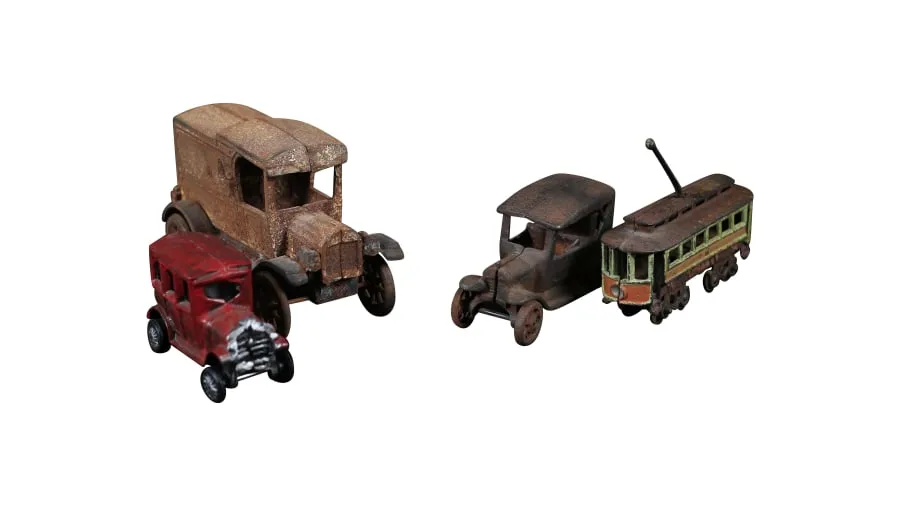
Inconsistent details and poor craftsmanship are primary indicators of a fake diecast toy. Look for features like misaligned parts, uneven paint, or blurry logos. Genuine models have precise details and accurate representations of the original vehicles. If a model lacks realism or appears cheaply made, it is likely a fake. Compare it with images of authentic models, and check for any discrepancies in the design or details. Be cautious of models with noticeable imperfections, such as paint runs, missing parts, or sloppy assembly.
Unusual Pricing or Limited Availability
Unusual pricing or limited availability can also signal a fake diecast promotional toy. If a model is priced significantly lower than market value, it could be a counterfeit item. Be wary of deals that seem too good to be true. Genuine promotional models are often scarce. Therefore, if you find a model that is supposedly rare but readily available, there is a high chance that it is not authentic. Always research the market value and rarity of the model before making a purchase. Check multiple sources and compare pricing to determine its authenticity.
The Importance of Verification
Verifying the authenticity of a diecast promotional toy is critical for protecting your investment and maintaining the integrity of your collection. This process involves several steps, from initial inspection to seeking expert advice. By taking the time to authenticate a model, you can ensure that you are acquiring a genuine piece of history. The verification process will help you build a collection that is based on trust and confidence. This knowledge will improve your appreciation of diecast toys.
Where to Verify Authenticity
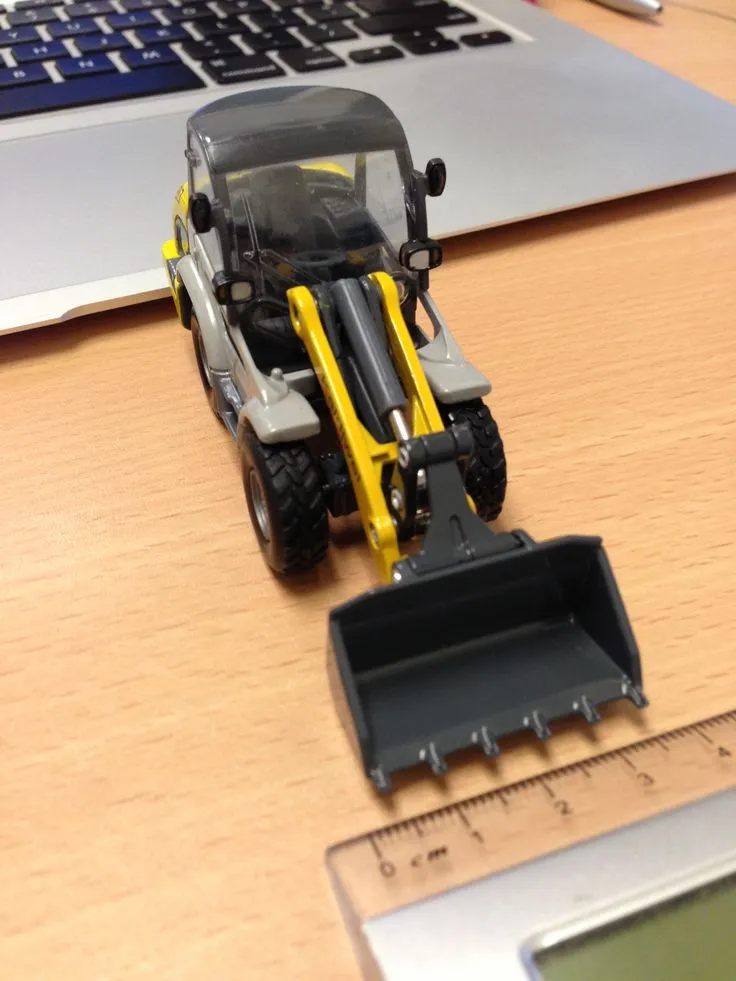
There are several resources to help you verify the authenticity of a diecast promotional toy. Collector communities and online forums are valuable places to gather information and seek advice. You can also consult with trusted dealers or experts in the field. Researching online databases or catalogs that include information on promotional models can also be helpful. The more resources that you use, the more the likelihood that you will identify a fake is reduced. Remember to verify every detail.
Online Forums and Collector Communities
Online forums and collector communities offer valuable platforms to learn from fellow enthusiasts and seek advice on verifying diecast promotional toys. These communities provide a wealth of knowledge, with members sharing their experiences and expertise. You can post photos of your models and ask for opinions on their authenticity. Participating in these communities can help you stay informed about the latest trends, market values, and potential fakes. Collector communities are an excellent resource for learning about models, and even to find leads for the ones you are searching for.
Working With Trusted Dealers
Working with trusted dealers is another effective way to verify the authenticity of diecast promotional toys. Reputable dealers have a deep understanding of the market and the ability to identify genuine models. They often provide guarantees of authenticity and offer expert opinions. Before purchasing a model from a dealer, check their reputation and read reviews from other collectors. Established dealers are likely to provide accurate information and avoid selling counterfeit items. If you are not sure where to find a dealer, start by searching online or asking in collector groups for a recommendation.
Caring for and Preserving Promotional Toys
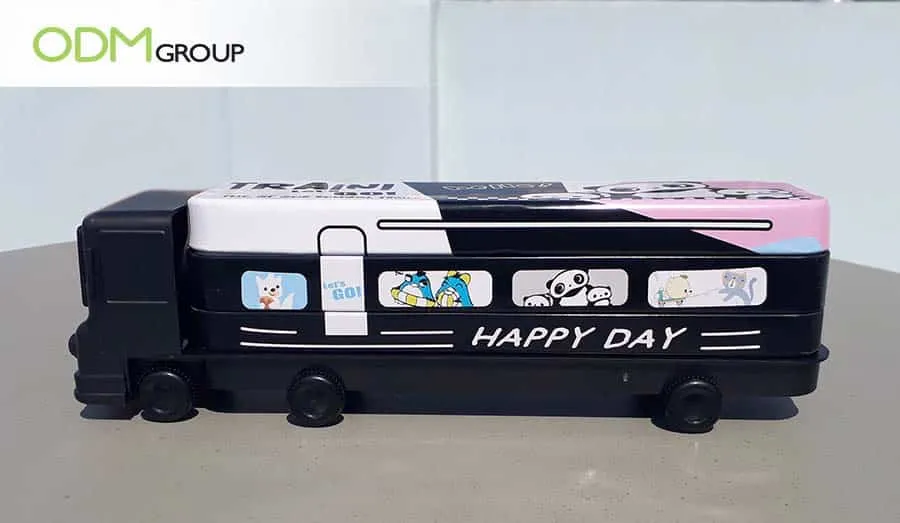
Once you have acquired authentic diecast promotional toys, it is essential to care for and preserve them properly. Proper handling, storage, and maintenance can help protect your valuable collection from damage and preserve its value. Implementing the following practices will ensure that your promotional toys stay in great condition. The more you can care for them, the more you can increase their appeal and value in the long term.
Proper Storage and Display
Proper storage and display are crucial for protecting your diecast promotional toys. Store your models in a controlled environment away from direct sunlight, extreme temperatures, and humidity, as these conditions can cause damage. Use display cases or shelves to showcase your collection while protecting them from dust and accidental damage. If you choose to store your models in their original packaging, make sure the packaging is in good condition and stored in a dry, safe place. Consider using archival-quality boxes or sleeves to further protect your items. Make sure to rotate your displays every so often and clean the display areas.
Cleaning and Maintenance Tips
Regular cleaning and maintenance can help keep your diecast promotional toys in top condition. Use a soft brush or cloth to remove dust and debris. For more stubborn dirt, use a mild soap solution and gently wipe the model, but make sure the model is not wet, and that the water will not have any negative impact. Avoid using harsh chemicals or abrasive cleaners, as these can damage the paint and detailing. If you notice any signs of rust or corrosion, take steps to address the issue immediately. By following these maintenance tips, you can protect your investment and keep your collection looking its best.
In conclusion, learning how to spot authentic diecast promotional toys is essential for any collector. From understanding what defines these unique items to identifying common red flags, this guide provides a comprehensive overview of the authentication process. By following these tips and dedicating time to thorough research, collectors can build a trustworthy collection and preserve the value of their acquisitions. Remember to always prioritize authenticity and enjoy the journey of collecting these remarkable miniature vehicles.
